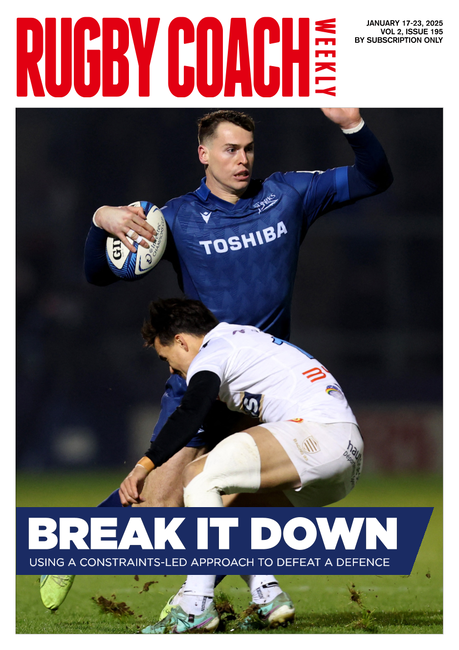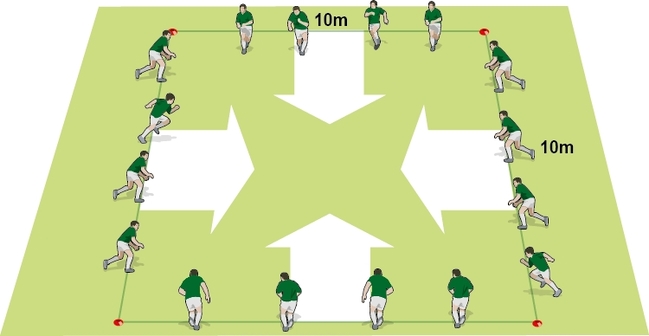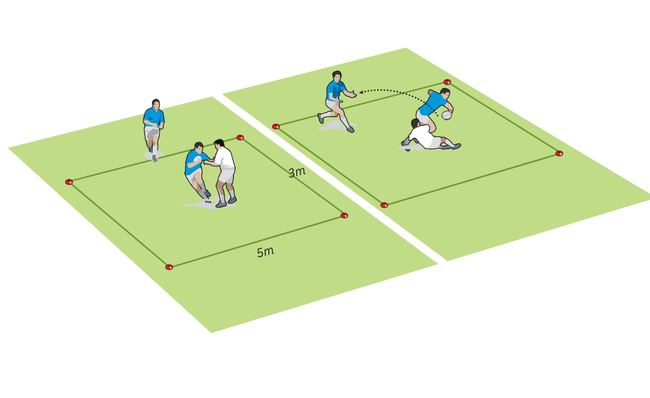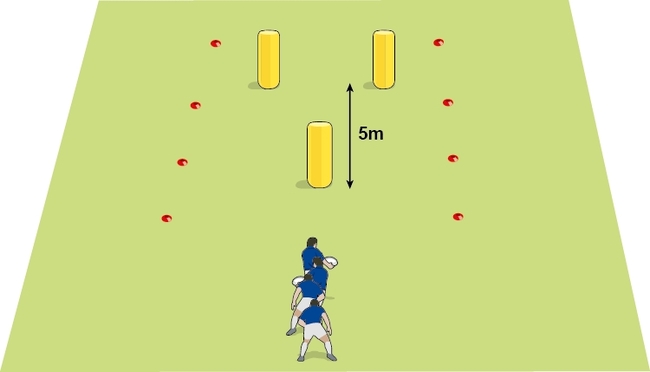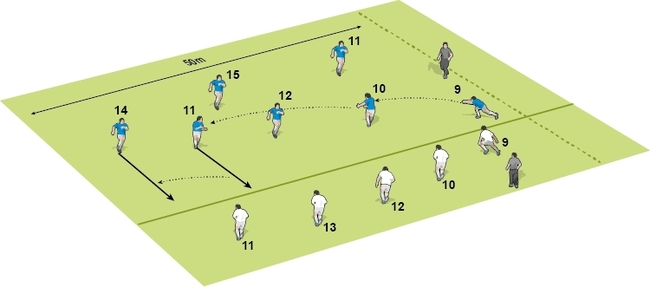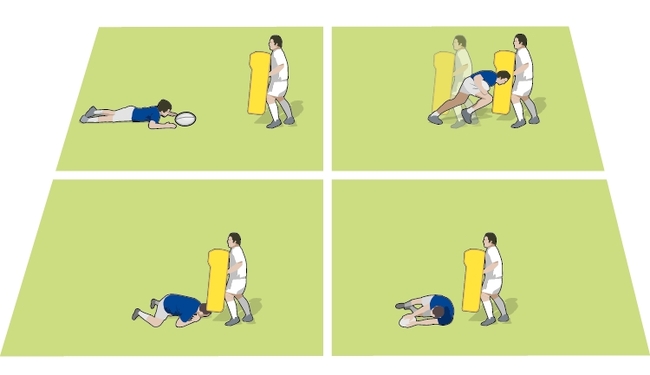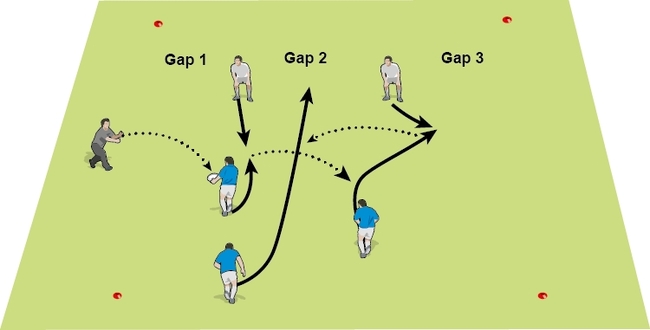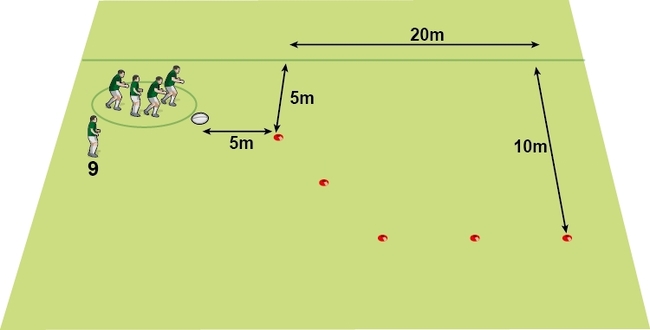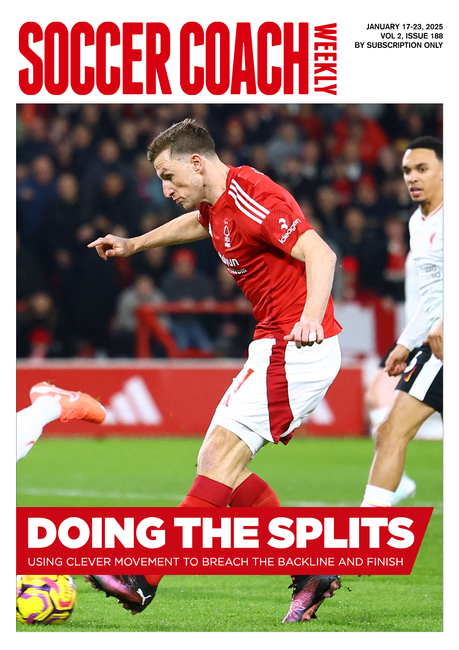Unbalance defenders
If your players can create a 1v1 opportunity, it is a chance to breach the gain line. If they can unbalance their opposite defender, then they should succeed.
Players need to understand that there are a number of ways to unsettle the defender, both with and without the ball.
It helps for the attacker to know what the defender is trying to achieve and reverse the psychology. Here are four of them...
Change of direction
Movement before receiving a pass can force the defender to ’sit’, or plant both their feet early, thus leaving them exposed.
An example of this could be running an outwards movement and then sharply changing direction to dart inwards as the attacker receives the pass.
Ball carry
The defender will aim to fix their attention on the attacker’s centre of mass.
By carrying the ball in two hands and shaping to pass the ball, the attacker is giving the defender misleading cues they may focus on, and make them indecisive about whether to make a tackle or not.
Footwork
The use of stepping and stride patterns can again distract the defender and switch their attention from closing the space down on the attacker or trying to push them to the sideline.
They, in turn, will need to match the attacker’s footwork, which is difficult to do. This might involve side-stepping, double-shuffle movements or swerving.
Change of pace
A change in pace means the defender again has to match the attacker to get into the correct position to tackle.
The attacker can change from a slower pace to acceleration or vice versa.
By slowing down and then speeding up again, they give themselves a split second advantage.
EXERCISE 1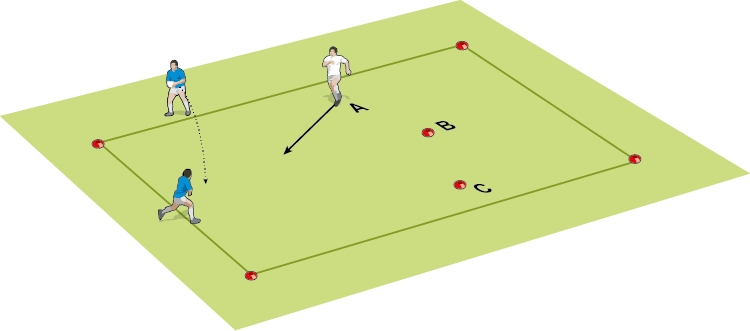
The receiver has to beat a defender coming from different angles
EXERCISE 2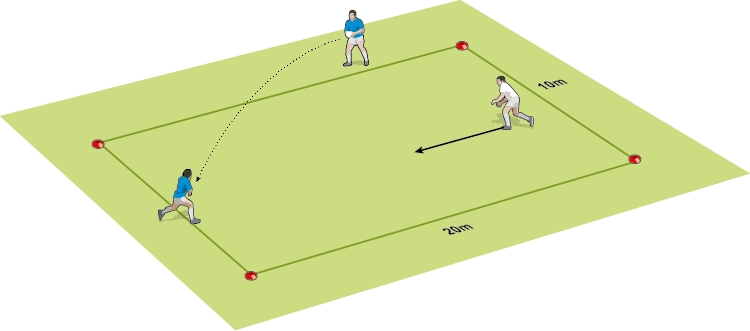
The receiver has to take a high ball and beat a defender who is racing towards them
EXERCISE 3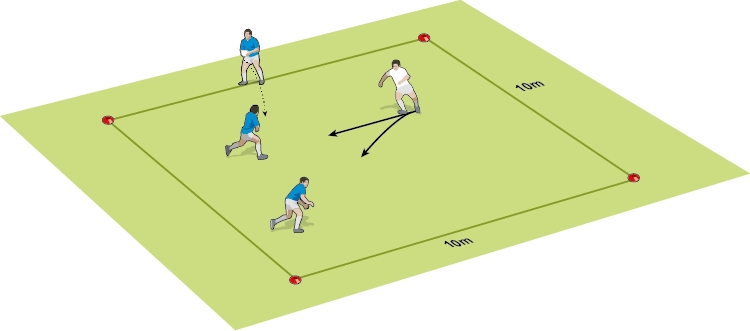
The receiver has to beat the defender by carrying the ball in two hands – either dummy or pass
Practising unbalancing
Put your players into 1v1 and 2v2 situations and allow them to explore the possibilities. Players can discover their own strengths and weaknesses in this area.
Vary the type of defender the attacker is up against so that they learn the appropriate method to unsettle, for example, a prop as opposed to a winger.
Adapt the space given to the attackers so that they gain an awareness of what they can and cannot achieve.
Related Files
Newsletter Sign Up
Coaches Testimonials

Gerald Kearney, Downtown Las Vegas Soccer Club

Paul Butler, Florida, USA

Rick Shields, Springboro, USA

Tony Green, Pierrefonds Titans, Quebec, Canada
Subscribe Today
Be a more effective, more successful rugby coach
In a recent survey 89% of subscribers said Rugby Coach Weekly makes them more confident, 91% said Rugby Coach Weekly makes them a more effective coach and 93% said Rugby Coach Weekly makes them more inspired.
Get Weekly Inspiration
All the latest techniques and approaches
Rugby Coach Weekly offers proven and easy to use rugby drills, coaching sessions, practice plans, small-sided games, warm-ups, training tips and advice.
We've been at the cutting edge of rugby coaching since we launched in 2005, creating resources for the grassroots youth coach, following best practice from around the world and insights from the professional game.


